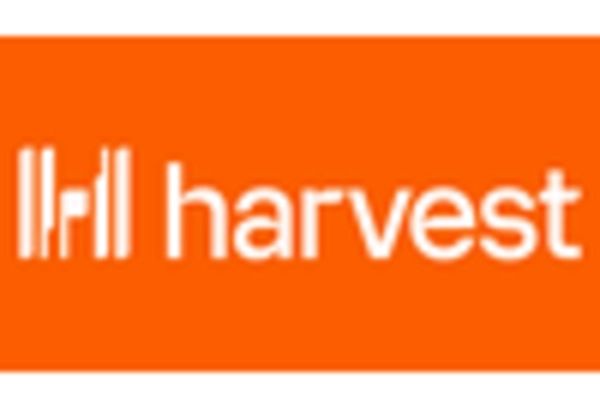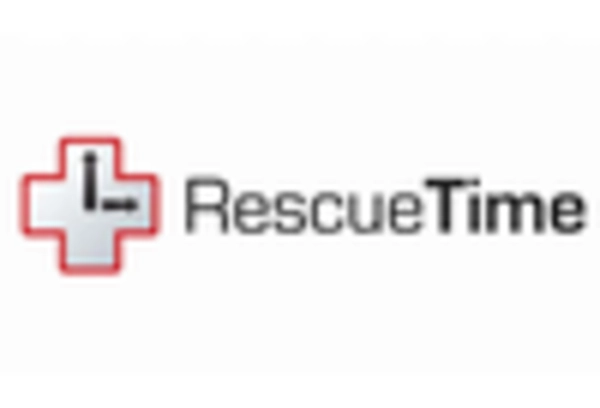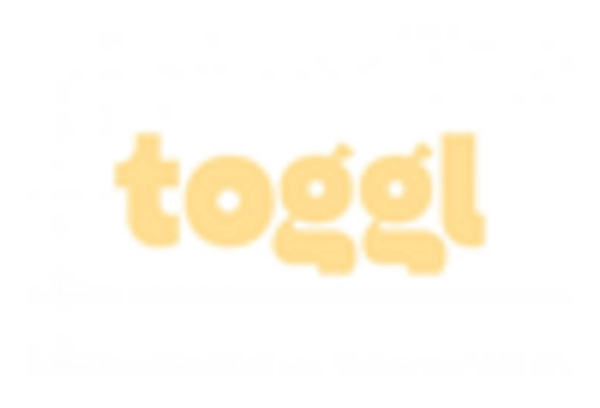Rise of Freelancing and Gig Economy
The expansion of the freelancing and gig economy is reshaping the Time Tracking Software Market. As more individuals engage in freelance work, there is a growing need for tools that facilitate time tracking and invoicing. Freelancers require efficient solutions to manage their time and ensure accurate billing for their services. The market is responding to this trend by offering specialized time tracking software tailored to the needs of freelancers and gig workers. This segment of the market is expected to grow significantly, driven by the increasing number of individuals opting for flexible work arrangements. As the gig economy continues to flourish, the demand for time tracking solutions that cater specifically to this demographic is likely to increase, further contributing to market expansion.
Increased Demand for Remote Work Solutions
The rise in remote work arrangements has led to a heightened demand for time tracking software. Organizations are increasingly seeking tools that facilitate productivity monitoring and project management from various locations. The Time Tracking Software Market is experiencing a surge as companies recognize the necessity of tracking employee hours and project timelines in a remote environment. According to recent data, the market is projected to grow at a compound annual growth rate of approximately 10% over the next five years. This growth is driven by the need for transparency and accountability in remote work settings, where traditional oversight methods are less effective. As businesses adapt to this new normal, the integration of time tracking solutions becomes essential for maintaining operational efficiency and ensuring that project deadlines are met.
Focus on Compliance and Regulatory Requirements
As businesses navigate an increasingly complex regulatory landscape, compliance with labor laws and regulations has become a priority. The Time Tracking Software Market is responding to this need by offering solutions that help organizations adhere to legal requirements regarding employee hours and overtime. Companies are investing in time tracking software to mitigate risks associated with non-compliance, which can lead to significant financial penalties. The market is witnessing a shift towards software that not only tracks time but also generates reports that assist in audits and compliance checks. This trend is likely to continue as organizations prioritize risk management and seek to protect themselves from potential legal challenges. The demand for compliance-focused time tracking solutions is expected to drive market growth in the coming years.
Integration with Advanced Analytics and Reporting Tools
The integration of advanced analytics and reporting capabilities into time tracking software is transforming the Time Tracking Software Market. Organizations are increasingly looking for solutions that provide insights into employee productivity, project performance, and resource allocation. By leveraging data analytics, businesses can make informed decisions that enhance operational efficiency. The ability to analyze time data allows companies to identify trends, optimize workflows, and allocate resources more effectively. This trend is indicative of a broader movement towards data-driven decision-making in the workplace. As organizations recognize the value of actionable insights, the demand for time tracking software that incorporates robust analytics features is likely to rise, further propelling market growth.
Growing Emphasis on Employee Well-being and Work-Life Balance
The focus on employee well-being and work-life balance is influencing the Time Tracking Software Market. Companies are increasingly aware of the importance of monitoring not just productivity but also employee satisfaction and mental health. Time tracking software is evolving to include features that promote healthy work habits, such as reminders for breaks and tools for managing workloads. This shift reflects a broader societal trend towards valuing employee well-being as a key component of organizational success. As businesses strive to create supportive work environments, the demand for time tracking solutions that align with these values is expected to grow. This emphasis on well-being may lead to the development of innovative features within time tracking software, enhancing its appeal to organizations.















Leave a Comment